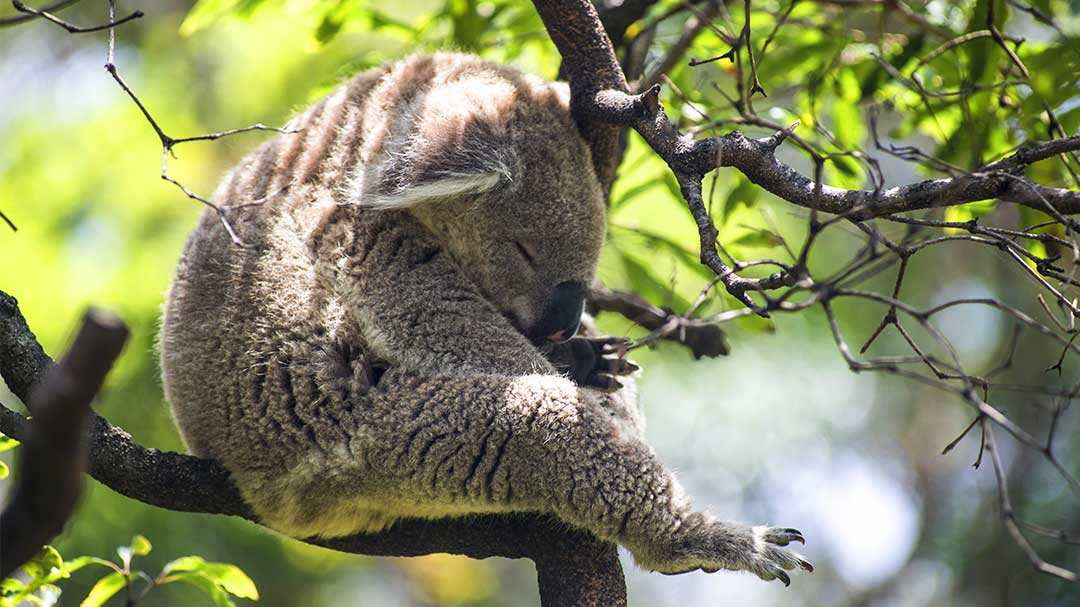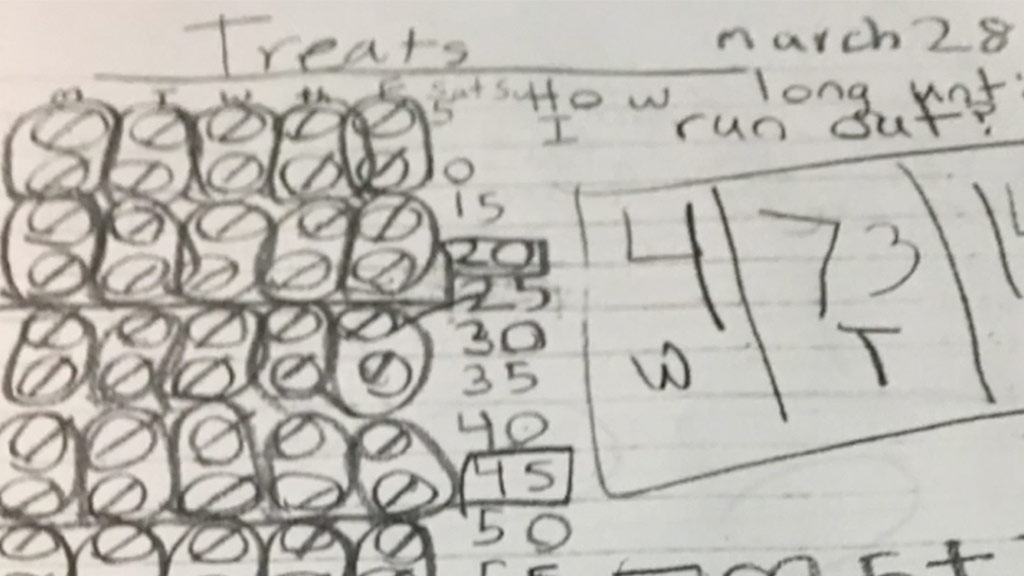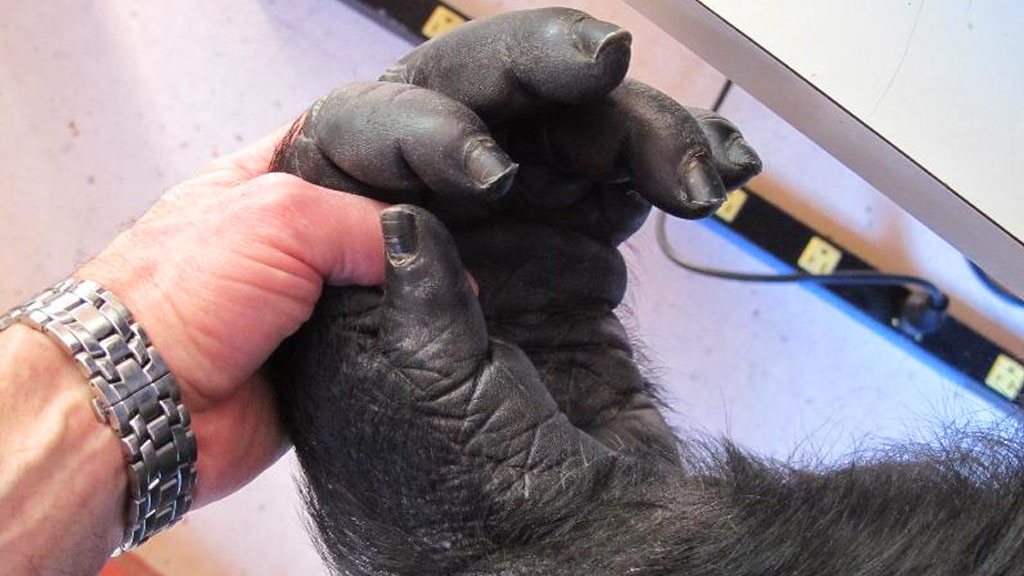
Evidence points that the origins of dreaming go back 300 million years or more and that virtually every animal dreams to some degree. Here is what’s happening when your pet is ‘running’ through the sheets of your bed.
What is dreaming?
In both pets and humans, dreaming is the last stage of a series of sleep cycles characterized by heightened hippocampus activity and rapid eye movement. It has been associated with learning, memory, and in the very young, the development of neural connections. In a 1989 study, rats deprived of sleep died.
Which animals dream?
It is believed that all mammals dream, though Cetaceans (whales, porpoises, and dolphins) put a unique spin on the process (more on this below). Birds also dream. In one study, brain activity of a singing bird was recorded. After the bird fell asleep, researchers recorded the brain activity again and found marked similarities between the two brain wave patterns. Even reptiles have been shown to dream. Researches in Australia measured the brain activity of sleeping bearded dragons and found brain wave patterns similar to those of other organisms that move through distinct cycles of sleep. If it is true that reptiles, birds, and mammals all dream, it means that the process originated as far back as 350 million years ago when the three species shared a common ancestor, the amniote.
Probably more interested in stopping the kitten from moving around, but still cute.
What is my dog or cat dreaming about?
Most research indicates that dogs and cats dream about what has happened to them as a way to remember and to learn. In one MIT study, rats were trained to run a maze while their brain activity was recorded. The recordings were repeated when the rats were asleep. The results showed that the recorded brain activities closely matched the recordings made while the rats were awake. In fact, the recordings were so similar that researchers knew what part of the maze the rats were dreaming about and whether they were dreaming that they were running or resting.
Animals that act out their dreams give us more insight
When animals dream, the portion of the brain called the pons excites the medulla that in turn, inhibits motor neurons in the spine and causes a kind of paralysis called atonia. Atonia allows your dog to dream about chasing the mail truck without physically getting up, opening the door, and dashing down the road, but sometimes motor neurons are not successfully blocked and we see animals acting out their dreams. This gives us more insight into what animals may be dreaming about. In a 1959 study, Michel Jouvet, a French researcher, disabled the ability of cats to inhibit motor activity during dreaming. When these cats dreamed, they were seen to arch their backs, hiss, and demonstrate other behaviors indicative of fighting or hunting indicating that the cat was dreaming about such behaviors, presumably as a way to remember and learn more about them.
Sleeping with one eye open.
As stated earlier, it is unclear how much members of the cetacean clade dream. These mammals never fully sleep, but have the ability to turn off one side of their brain while the other stays awake. This is necessary because these interesting creatures must remain conscious in order to breathe. Humans and other animals never have to consciously think about breathing, so we are free to turn off our minds, and dream, but if Cetaceans become unconscious, they drown. Fortunately they’ve evolved a workaround, the ability to sleep with one eye open and one side of their brain conscious at all times. This consciousness inhibits researchers from clearly observing if the unconscious part of the cetacean’s brain is dreaming, but at least in once case, researchers observed one pilot whale dreaming for as long as 6 minutes.
Additional facts about pets and dreaming
In general, more highly evolved creatures dream less frequently, but longer than less evolved beings. As an example, humans dream 4 to 5 times a night with each dream cycle lasting as long as one hour. Conversely reptiles show brain activity indicative of dreaming as many as 350 times during a sleep period. Big dogs dream longer, but less frequently than little dogs. Young puppies and kittens appear to dream more than adults presumably because dreaming in young animals aids in the development of neural pathways. Animals and people deprived of qualitative REM sleep experience a number of physical and psychological disorders including irritability, cognitive disfunction, overeating, and weight gain. Occasionally dogs, cats, people, and other animals are born without the ability to inhibit excessive movement while they dream and literally act out what they are dreaming, sometimes at risk of bodily harm. The condition is known as REM sleep disorder.
This kind of movement while dreaming is unusual. Major motor activities are normally paralyzed in animals that dream.






